Administration
Kings assumed titles like Parmeshwara, Maharajadhiraja,Chakravartin & Paramabhattaraka
- Provinces – Bhuktis
- Governors – Uparikas
- District – Vishayas
- District head- Vishayapati
- Village head – Gramika
- City administrator – Nagar Shreshti
- Kumaramatyas & Ayuktas – To help King maintain close contacts with provincial administration
- Foreign affairs minister – “Sandivigraha”
- Villagers were subjected to forced labour called ‘’Vishti’’ for serving royal army & officials
- Fa hien said –
- Administration is liberal, mild and benevolent
- Very few crimes
- Punishment is mostly fines
- People are prosperous
- Roads are safe for travelers
Social Life
- Caste system became rigid
- Untouchability entered social order- Chandals segregated
- Brahmans formed the top ladder & receive numerous gifts
- Brahmanism reigned supreme during Gupta period & had 2 branches mainly, Vaishnavism & Shaivism, with the former being more prevalent
- Religious festivals celebrated with elaborate rituals
- Image worship
- Women’s position deteriorated – not allowed to study scriptures
Gupta Empire Literature
Sanskrit literature flourished under the Guptas.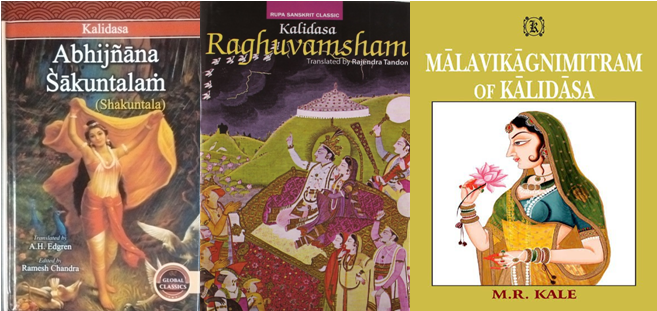
Kalidasa, the great poet, and playwright were in the court of Chandragupta Vikramaditya.
He composed great epics such as Abhijnanashaakuntalam, Kumarasambhavam, Malavikagnimitram, Ritusamharam, Meghadootam, Vikramorvashiyam, and Raghuvamsham.
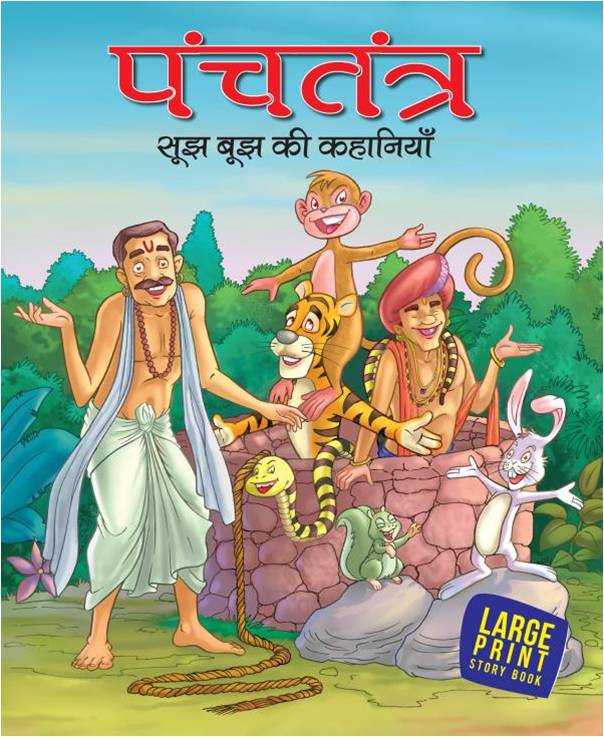
The celebrated Sanskrit drama Mṛcchakatika was composed during this time. It is attributed to Shudraka.
Poet Harisena also adorned the court of Chandragupta Vikramaditya. He wrote the Allahabad Prashasti (inscription).
Vishnu Sharma of Panchatantra fame lived during this era.
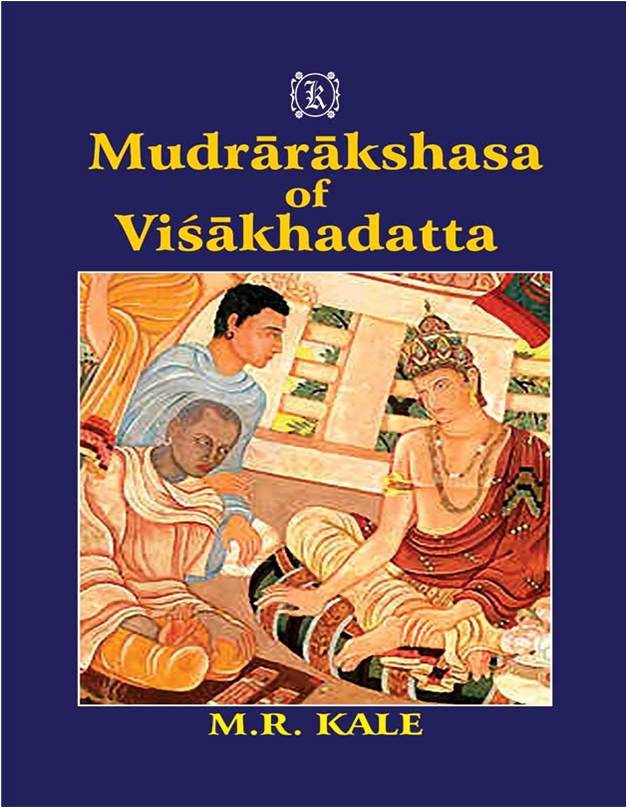 Amarasimha (grammarian and poet) composed a lexicon of Sanskrit, Amarakosha.
Amarasimha (grammarian and poet) composed a lexicon of Sanskrit, Amarakosha.
Vishakhadatta composed Mudrarakshasa. Other grammarians who contributed to the Sanskrit language include Vararuchi and Bhartrihari.
The Mudrarakshasa is a Sanskrit-language play by Vishakhadatta that narrates the ascent of the king Chandragupta Maurya
Legacy of Gupta Empire – Sciences
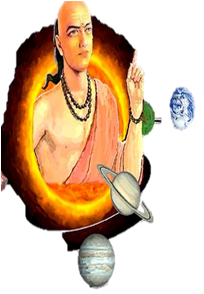
Aryabhatta, the great Indian mathematician and astronomer wrote Surya Siddhanta and Aryabhattiya.
Aryabhatta is believed to have conceptualised ‘zero’. He also gave the value of Pi.
He postulated that the earth is not flat and it rotated around its own axis and also that it revolved around the sun.
He also gave the distance between earth and sun which is remarkably close to the actual value. He wrote on geometry, astronomy, mathematics and trigonometry.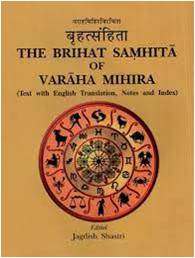
Varahamihira wrote Brihatsamhita. He was an astronomer and an astrologer.
The Nalanda University, a centre of Buddhist and other learning attracted students from abroad. The Guptas patronised this ancient seat of learning.
Legacy of Gupta Empire – Art & Architecture
Many magnificent temples, palaces, paintings and sculptures were created.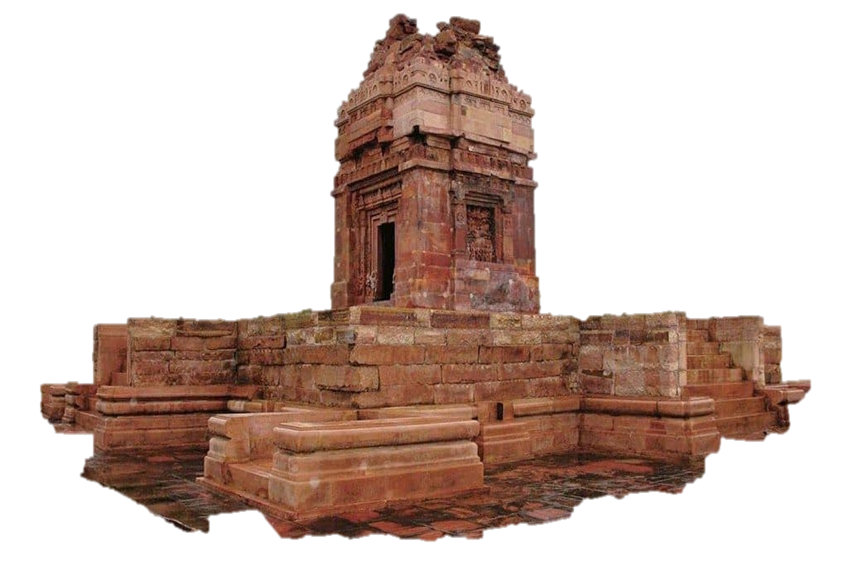
Dashavatara Temple in Deogarh UP is one of the earliest surviving Hindu temples. It is a fine example of Gupta architecture.
Mural paintings of Ajanta depicting the life of the Buddha as told in the Jataka tales were created in this period. Places like Ajanta, Ellora, Mathura, Sarnath; and Anuradhapura and Sigiriya in Sri Lanka bear examples of Gupta art and architecture.
Classical Indian music and dance took shape at this time.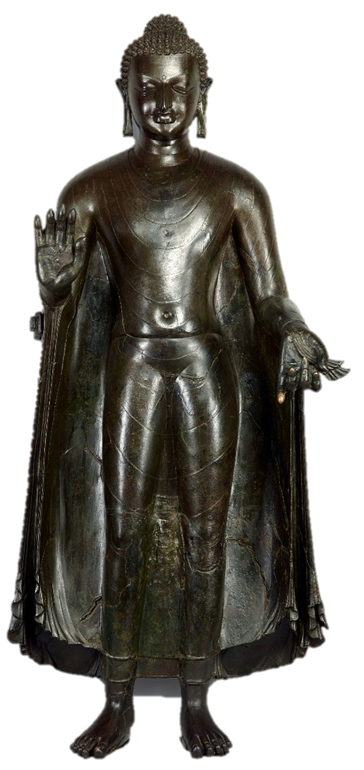
The Gupta legacy in arts can be seen in Southeast Asia also today.
The Bronze Buddha which is 7.5 feet high and found at Sultanganj is a product of the Gupta age.
The iron pillar at Mehrauli, Delhi is a marvellous creation of this period. It is a 7 m long pillar and it is made up of a composition of metals such that it is rust-free. This is a testimony to the metallurgical skills of Indians of that time.
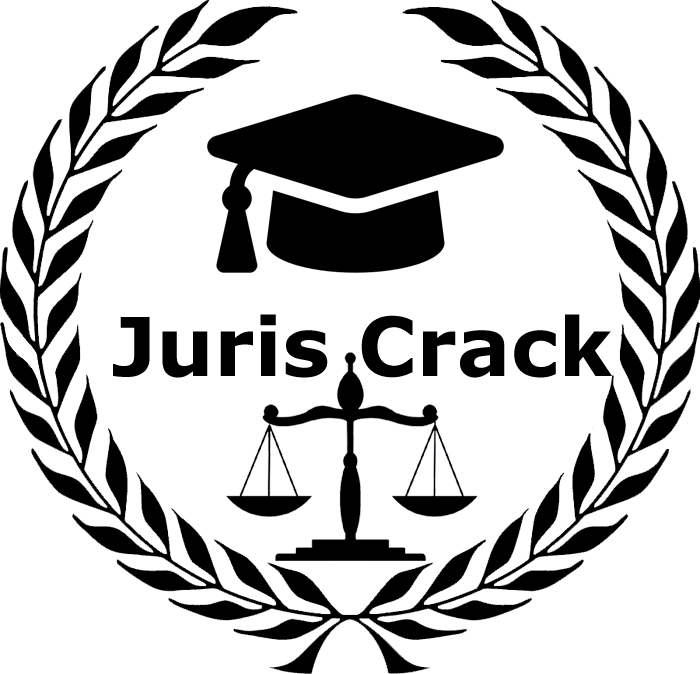







No comment